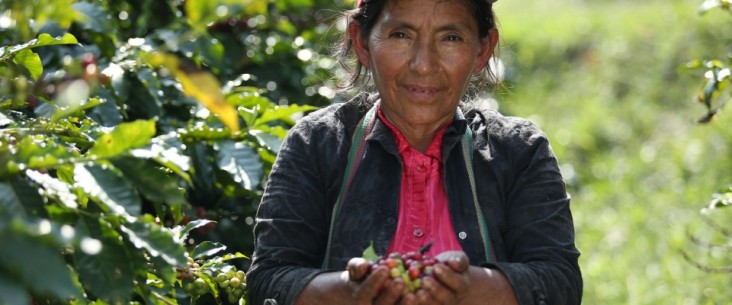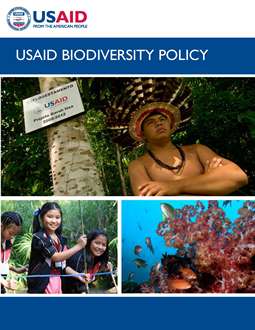- What We Do
- Agriculture and Food Security
- Democracy, Human Rights and Governance
- Economic Growth and Trade
- Education
- Environment and Global Climate Change
- Environmental and Natural Resource Management Framework
- Global Climate Change
- Conserving Biodiversity and Forests
- Sustainable Urbanization for Global Progress and Security
- Securing Land Tenure and Property Rights for Stability and Prosperity
- Sustainable Land Management
- Environmental Procedures Hub
- Knowledge Management for Environment and Natural Resources
- Tropical Forest and Coral Reef Conservation Act
- Environmental Policy Roadmap
- Gender Equality and Women's Empowerment
- Global Health
- Humanitarian Assistance
- Transformation at USAID
- Water and Sanitation
- Working in Crises and Conflict
- U.S. Global Development Lab
Speeches Shim

USAID aims to shape a future in which both people and nature thrive. The Agency’s Biodiversity Policy builds on a long history of conserving biodiversity and reflects the critical role of natural systems in achieving development goals.
USAID’s biodiversity programs support partner countries on their journey to self-reliance by following Congressional requirements and the Biodiversity Policy’s goals to conserve biodiversity in priority places and integrate biodiversity as an essential component of human development.
USAID Biodiversity Policy ![]() (pdf - 1014k)
(pdf - 1014k)
Established in 2014, the Biodiversity Policy has helped to create more strategic, focused, and results-oriented programming that applies scientific and evidence-based approaches. Through a blueprint for biodiversity conservation, the Policy outlines six principal objectives:
- Support enabling conditions for biodiversity conservation
- Reduce priority drivers and threats to biodiversity
- Integrate conservation and development for improved biodiversity and development outcomes
- Build partnerships to mobilize resources in support of biodiversity conservation
- Influence key international policies in support of biodiversity conservation
- Apply science, technology, and learning to enhance biodiversity conservation practice
The development of the Policy was participatory and benefited from expert engagement, consultation, and transparency. The Biodiversity Policy ultimately recognizes that human well-being and progress depend on the health of natural systems and that lasting development gains are not possible unless these systems are valued and safeguarded. USAID has and will continue to work collaboratively with host countries and the global community to conserve biodiversity for resilient development.


Comment
Make a general inquiry or suggest an improvement.